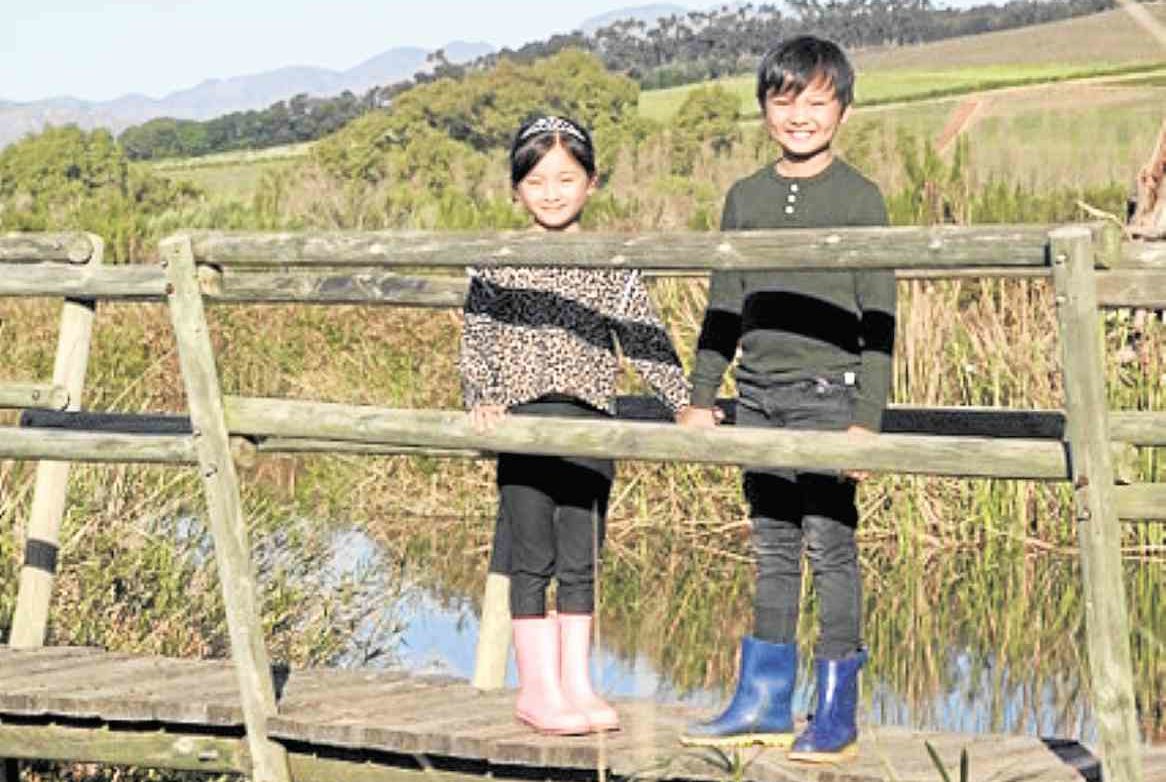
The younger generation is increasingly aware of the need to turn back time on the climate clock. Children today are much more aware of the environment, global warming, recycling, upcycling. When I was a child in the ’90s, the first person who spoke to me about the environment was my first grade teacher, who urged us to recycle.
At home, my parents reinforced similar values. I was 7 and my sister was 5 when dad told us about greenhouse gases and climate change. In 1997, my mom attended the Kyoto Summit with Sen. Letty Ramos-
Shahani and witnessed the Kyoto Protocol—an international treaty to reduce greenhouse gas emissions that cause global warming.
Teaching children about environmental awareness is no longer optional. I tell my children that there’s no time for excuses, and that being mindful is key.
Many children learned, at a young age, about the United Nations Sustainable Development Goals and how they can help achieve them.
In my household, we are unrelenting about not creating waste and eating a plant-based diet. My children Jaime and Rosanna attend a school where our values at home are reinforced. A few years ago, my son asked me why we still eat fish, because fish is full of plastic.
People still ask me about having kids on a plant-based diet. I have the blessing of my pediatrician, and I’ve also consulted a top pediatrician in the United States, Dr. Yamileth Lancaster, whom I met while taking my plant-based nutrition course. Both doctors assured me that my children are doing just fine.
Stragglers
While I can fend off the adults, my kids still have to contend with other children who make them feel bad about the way they eat. While there are kids who are tolerant and respectful of others who are different from them, there are one or two stragglers who are neither compassionate nor aware of different lifestyle choices.
When I see my kids crying because others are mean to them, I start to question myself. Am I making my child a target in the playground? Am I making a choice for them that I don’t have a right to make?
I’m grateful to have a wonderful husband whose lead we follow as a family. When Rick decided to switch to a plant-based diet for his health, he asked that the whole family do it, including the children. This is what we have decided to be the best thing to do for ourselves and for the environment.
Sometimes the kids still get hurt, but more often, they are proud to say that they turned vegan for the planet.
We actually did it for health reasons. Meat and pork cause inflammation, and trigger heart, kidney and liver diseases.
The No. 1 cause of death in the Philippines is heart disease—no surprise from lechon- and sisig- loving Filipinos.
Kidney and liver diseases come from bad diet and lifestyle. High cholesterol and high blood pressure are also common. The irony is that people who can’t afford to get sick also have the worst diets.
My family and I have experienced the benefits—lower cholesterol, lower uric acid, clearer skin, and, best of all, for my kids, no more allergies.
Commercial chicken contains hormones and antibiotics that are passed on to us. Farmed fish is what most of the world consumes, and is bred in unsanitary conditions.
Eating a plant-based diet uses less water than producing meat in factory farms. The recent fires in the Amazon made headlines, as the blaze lasted many days. Clearing forests in Brazil, Papua New Guinea and Indonesia are a regular occurrence to make way for farm land. Most of the grains grown on this land feed cattle, not people. It is said that if the grains grown to feed cattle were used to feed humans, there would be no world hunger.
Make a difference
I believe that this is a choice a family has to make together. With the state of the environment and food supply chain, there are things we can do to make a difference. Making your children conscious about good choices and going green can be done in a few steps.
1) Practice what you preach. Children imitate the lead of their parents. When they see you start to be conscious, they will follow suit.
2) Talk to them about current environmental events. You have a lot to choose from these days.
3) Open their eyes. In Manila, it’s easy to see the plastic pollution. Ask them: Do you really want to contribute to that?
4) Take them food shopping. Get kids involved in buying fruits and vegetables; buy what they like, and they will take an interest.
5) Let them have their favorite fruits and vegetables. There was a time my kids liked only broccoli and carrots, to the point that it’s what they had for breakfast. As long as they are eating vegetables, you can’t go wrong.
6) Hide vegetables in their food! Kids have hawk-like vision when spotting greens. Grind them, mince them, or mix them in sauces.
7) Watch health and environmental documentaries together.
8) Make it a family event to eat out and discover more plant-based dishes and restaurants that you like.
9) Make mindful choices. Thinking about what you eat, what you buy, where it all comes from, who made it and who grew it will greatly affect the choices you make.
10) Teach them compassion, tolerance, empathy. Children need to know that the world does not revolve around them. Make them aware of the blessings they have, and they will be inclined to show compassion for others and for the environment. Teach your children how to respect the choices of others.
Dr. Yamileth Lancaster would love to hear from you if you are interested in moving toward a plant-based diet for kids. To learn more, visit
www.doctoryami.com and www.veggiefitkids.com














































